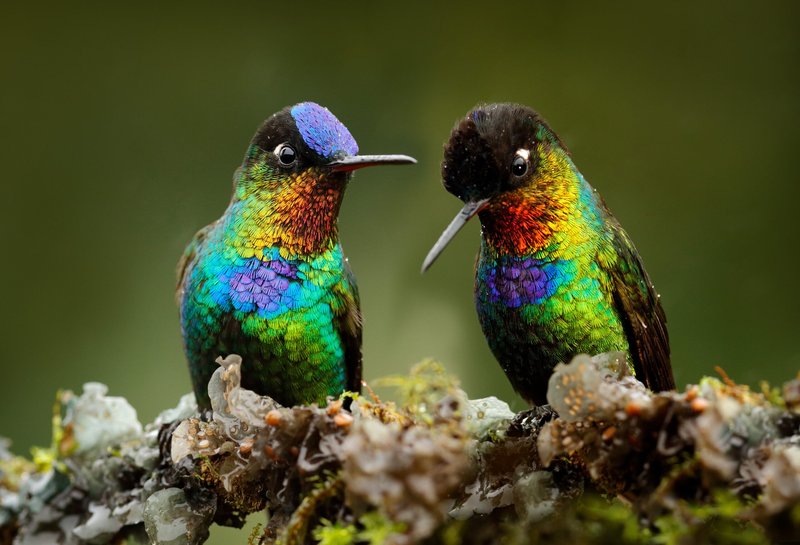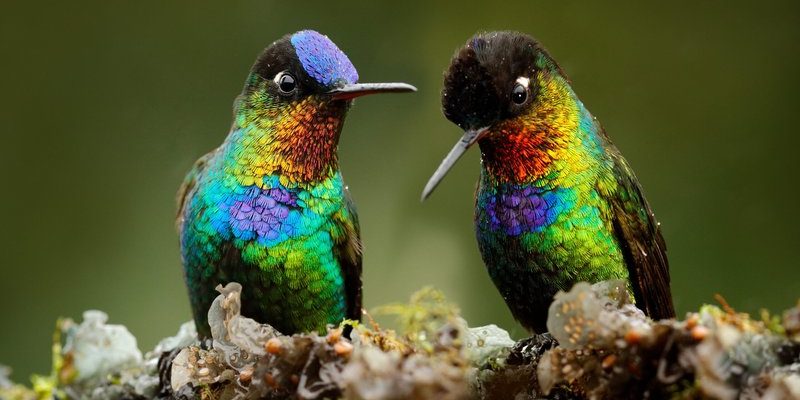
These large herbivores, with their long legs and impressive antlers, might look somewhat bumbling, but they’ve got some serious survival skills. Think of them as the ultimate winter warriors, equipped with natural tools that help them handle everything Mother Nature throws their way. So, how do these gentle giants manage to survive and even thrive in such challenging conditions? Let’s break it down.
Adaptations to Cold Weather
One of the most fascinating aspects of mooses is how well they adapt to cold climates. Their bodies are built for the chill; they’ve got a thick layer of fat beneath their skin that keeps them warm. This “insulation” is crucial when temperatures plummet. Imagine wearing a cozy winter coat — that’s basically what their fat does for them!
Not only do they have this natural insulation, but their long legs help them navigate through deep snow. Unlike smaller animals that struggle to keep their footing, a moose can easily wade through snowdrifts. This ability allows them to find food sources that other animals might not be able to reach. So, while their friends may be stuck in the cold, mooses are munching away on twigs and branches that are tucked deep under the snow.
Efficient Foraging Strategies
You might be wondering how mooses manage to find food during harsh winters when resources are scarce. It turns out, they have some clever strategies up their furry sleeves (or should I say legs?). Mooses are herbivores and have a diverse diet that includes not just leaves and grasses but also the bark of certain trees, especially during winter.
When the ground is covered in snow, mooses often dig through the snow with their hooves to access this hidden food. They might look a bit clumsy while doing it, but these gentle giants are incredibly resourceful. Additionally, they can browse high up on trees, thanks to their long necks. This gives them access to food that many other animals can’t reach, ensuring they have enough to eat even when the going gets tough.
Great Sense of Smell and Hearing
Mooses rely heavily on their keen senses to thrive in harsh environments. Their sense of smell is exceptional, allowing them to detect food from far away or even smell predators lurking nearby. This ability is vital because it helps them stay one step ahead in the survival game.
Moreover, their large ears are not just for show. They can rotate them independently, which helps them pick up even the slightest sounds in their surroundings. Imagine being able to hear a twig snap from quite a distance while keeping your other ear tuned to the sounds of your munching snack. This combination of senses keeps them alert and safe from danger.
Behavioral Adaptations
Mooses are also smart about their behavior when it comes to survival. During the winter, for instance, you’ll often find them gathering in small groups. Being in a group not only provides safety in numbers but allows them to share knowledge about where to find food and shelter.
They’re not as social as some other animals, but this small bit of community living helps them survive tough times. Furthermore, mooses are crepuscular, meaning they are most active during dawn and dusk. This behavior helps them avoid the heat of the day during summer, and it also keeps them away from predators that are more active during the daytime.
Body Size and Structure
Size matters in the wild, and mooses certainly have size on their side. They are the largest members of the deer family, with males weighing up to 1,500 pounds. This bulk provides not just strength but also heat retention, which is essential for surviving frigid temperatures. Think of them like big, furry heaters wandering through the forest.
Their long legs serve a dual purpose: they not only help with walking through snow but also allow them to reach food high up in trees. In a way, their impressive height acts like a natural defense mechanism against many predators. After all, who would want to mess with a creature that towers over you?
Breeding and Lifespan in Tough Conditions
Even in the harshest conditions, mooses manage to reproduce, which is crucial for their survival as a species. Female mooses, or cows, typically give birth to one calf each year, which they raise alone. The calves grow surprisingly fast and learn to forage quickly, making them resilient to the many challenges of their environment.
Typically, mooses live around 15 to 25 years in the wild, but their lifespan can be affected by environmental stresses. Faced with predators, harsh winters, and food scarcity, they fight to make it through each season. Yet, their ability to adapt and thrive, even when circumstances are tough, is a testament to their resilience.
So, how do mooses survive in such harsh environments? Through clever adaptations, excellent foraging strategies, and impressive physical attributes. They are nature’s brilliant survivors, equipped with everything they need to face extreme weather and scarce resources.
Understanding these magnificent creatures and their survival tactics gives us a glimpse into the wild’s wonders. Their resilience not only captures our imagination but also reminds us of the delicate balance of nature. Next time you come across a moose or hear about one, you’ll know just how remarkable their journey can be.

